Gallery
Photos from events, contest for the best costume, videos from master classes.
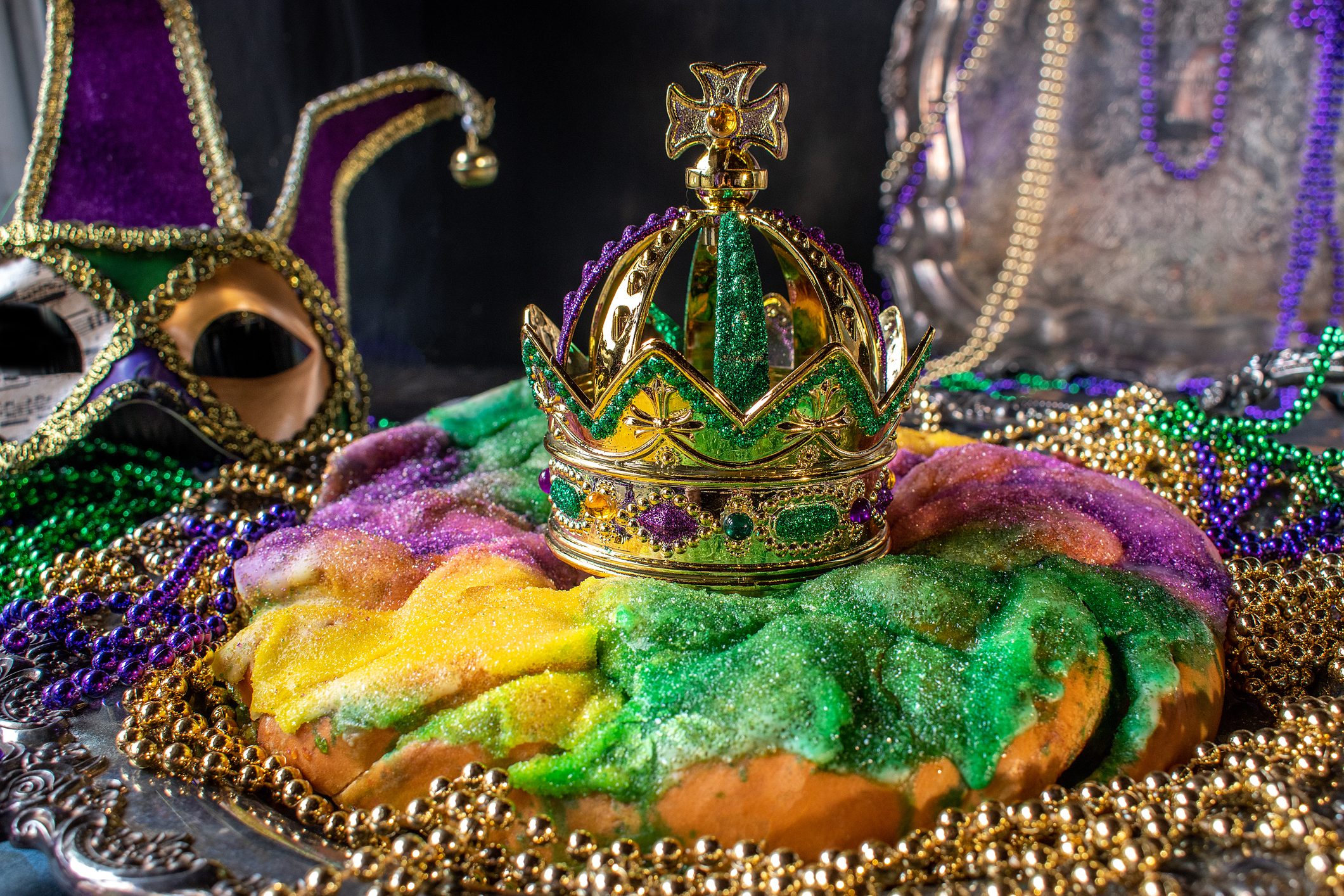 |  |
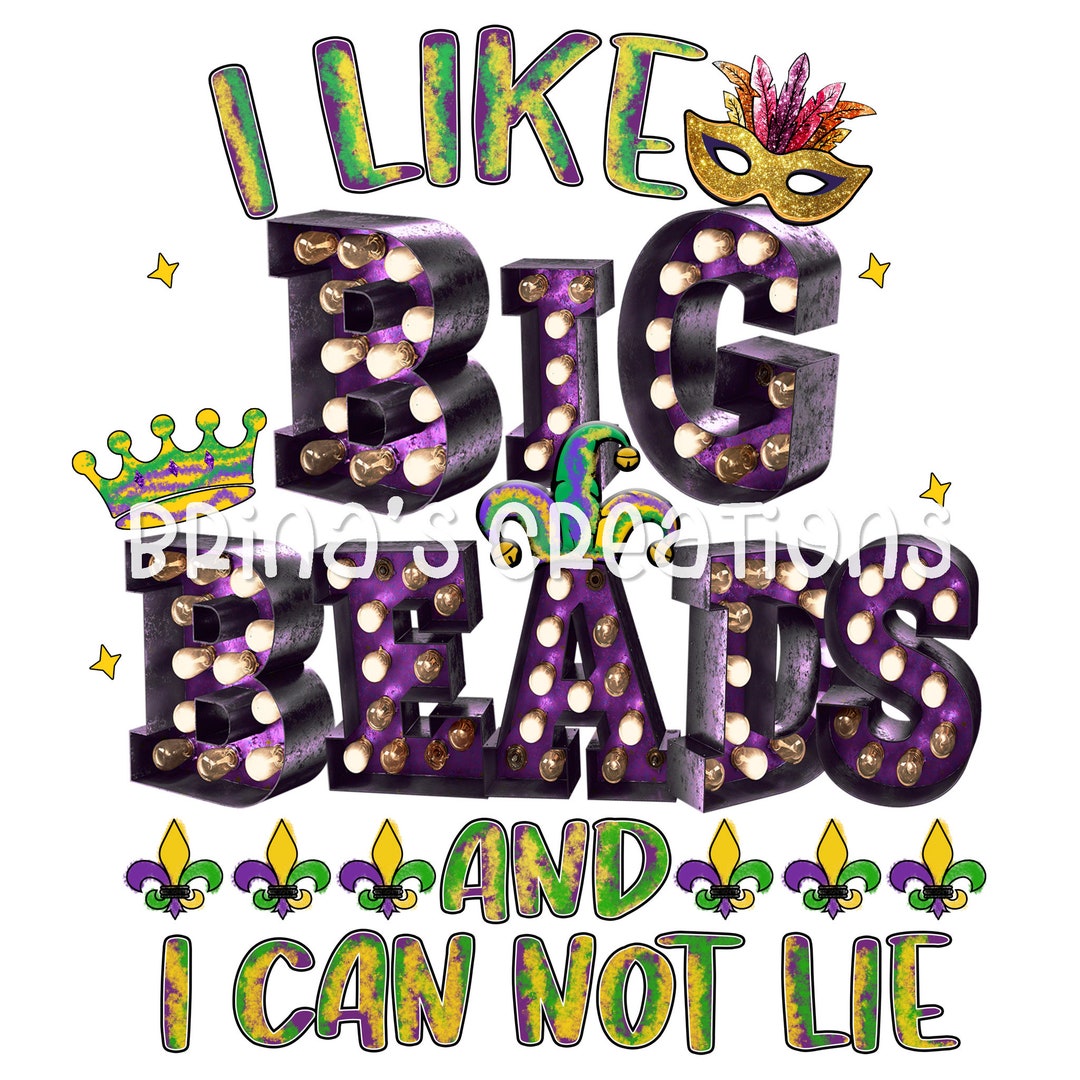 | 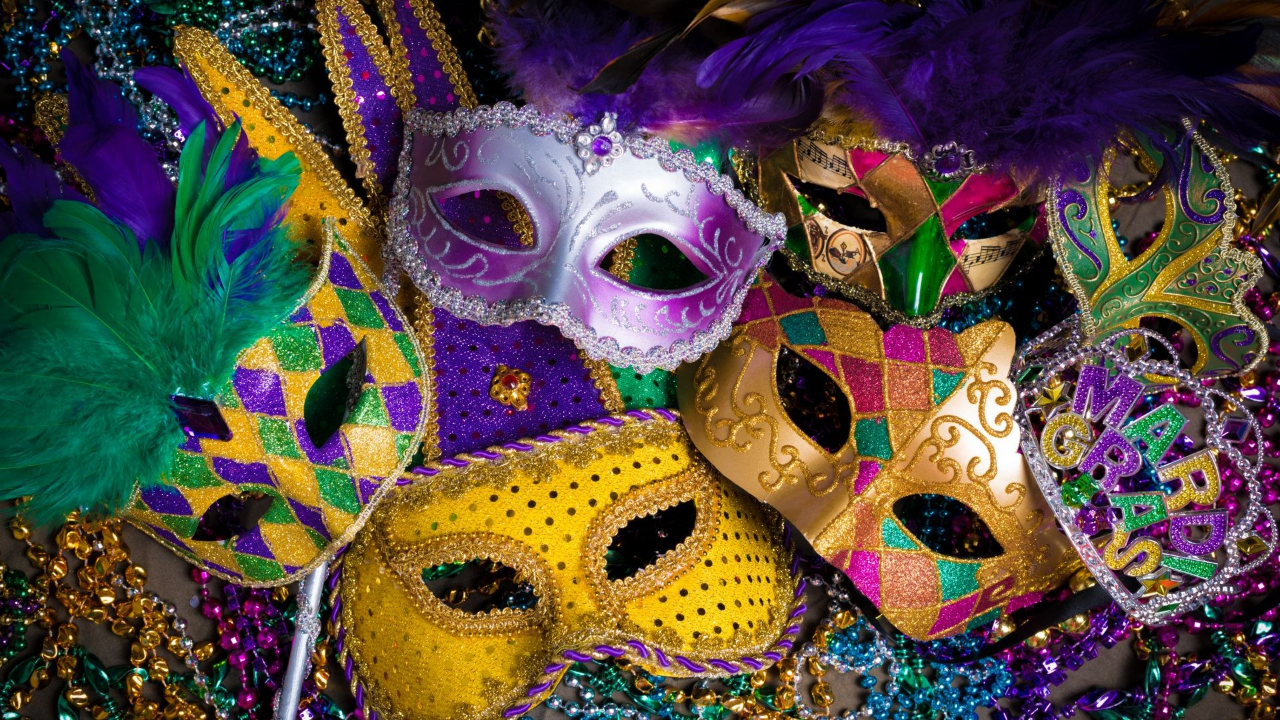 |
 | 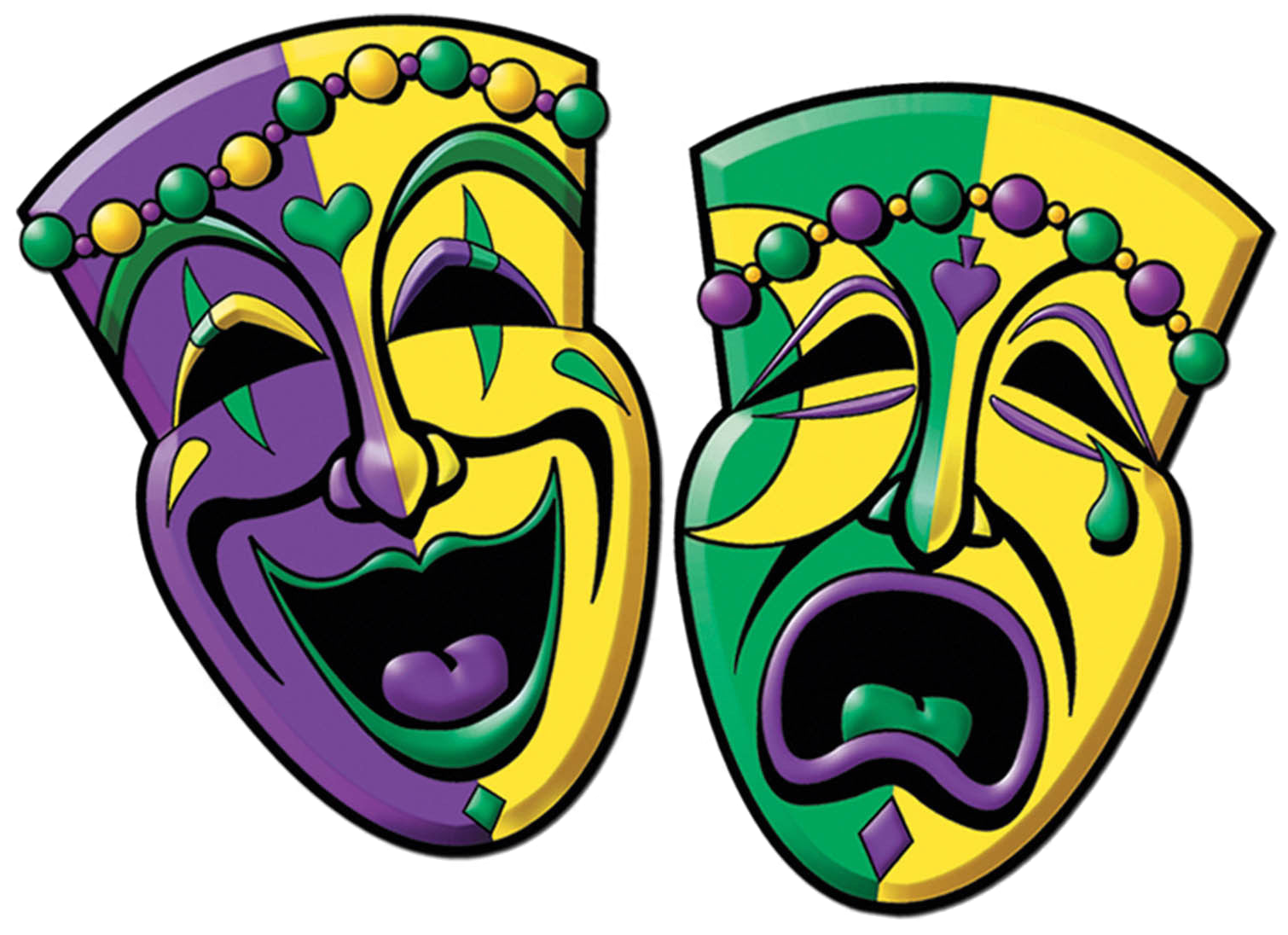 |
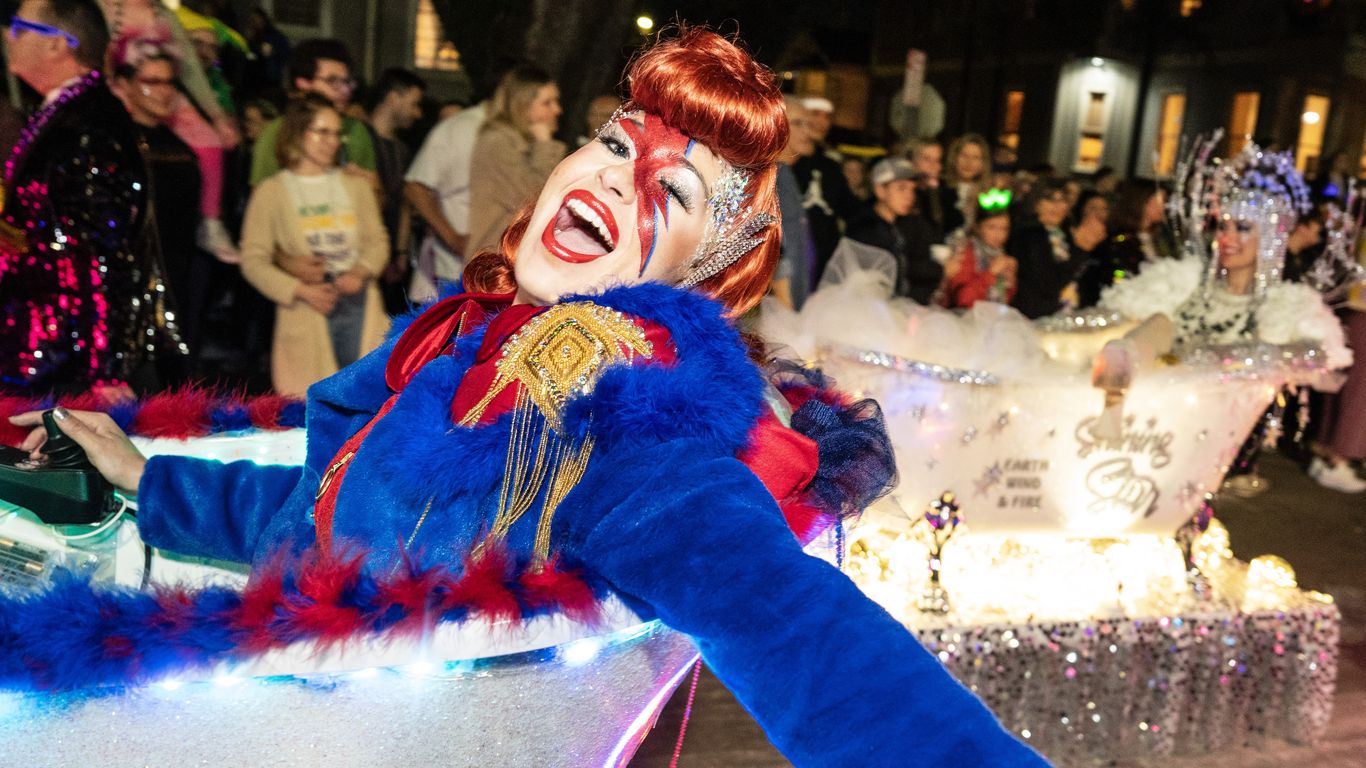 |  |
 | 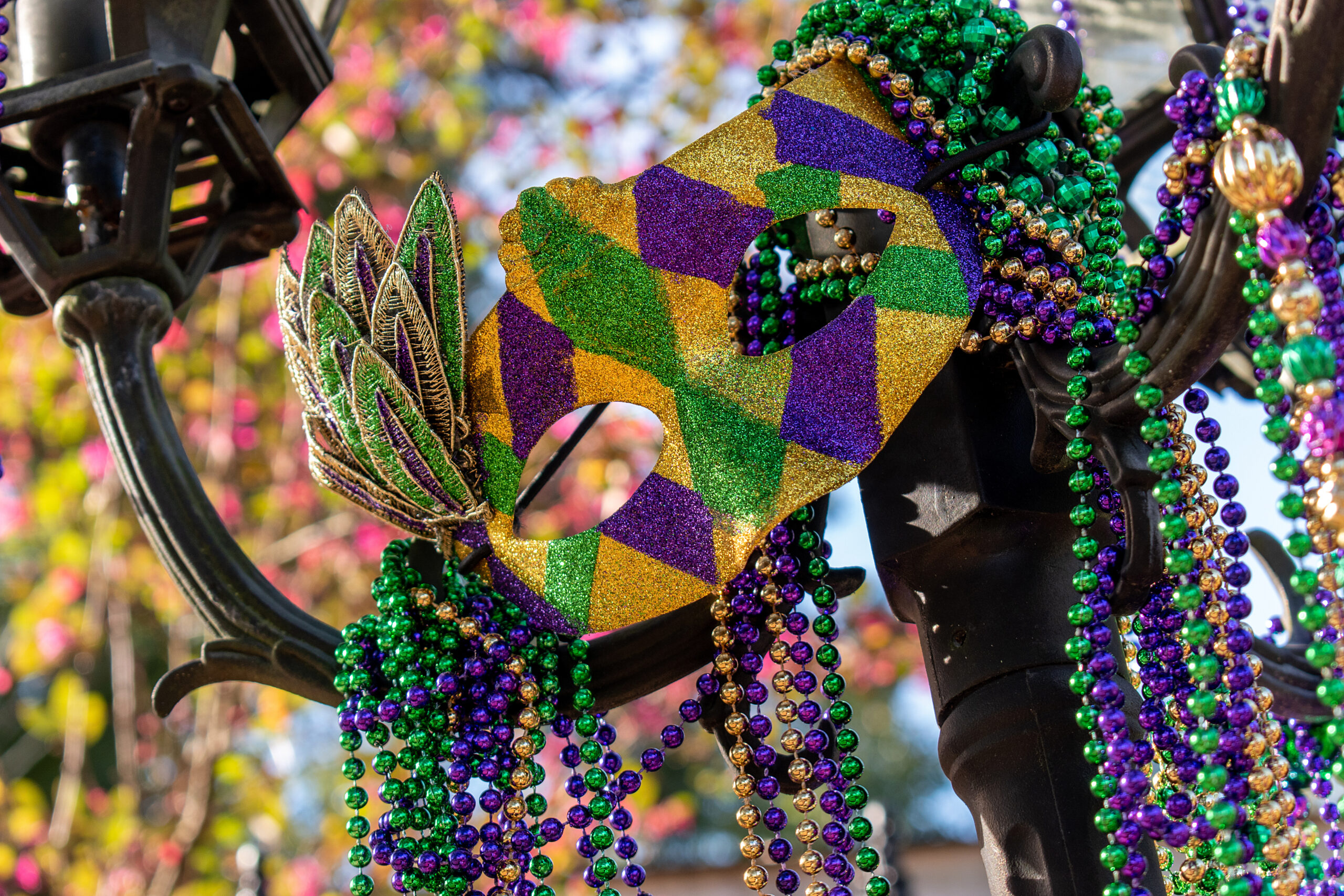 |
 |  |
Mardi Gras is a Christian holiday and popular cultural phenomenon that dates back thousands of years to pagan spring and fertility rites. It's most famously celebrated with parades in New Orleans New Orleans Social Clubs or Gentlemen's Clubs play a very large part in the Mardi Gras celebration. The oldest is The Boston Club (third oldest in the United States), founded in 1841 as a place for its members to congregate and partake in the fashionable card game of Boston , Rex Royalty is chosen from among its ranks. New Orleans was established in 1718 by Bienville. By the 1730s, Mardi Gras was celebrated openly in New Orleans, but not with the parades we know today. In the early 1740s, Louisiana's governor, the Marquis de Vaudreuil, established elegant society balls, which became the model for the New Orleans Mardi Gras balls of today. Discover the history of Carnival, also called Mardi Gras The name Carnival might come from a Latin phrase meaning “to take away meat.” (more) See all videos for this article In the United States the principal Carnival celebration is in New Orleans , Louisiana . The History & Traditions of Mardi Gras. Mardi Gras has been celebrated in Louisiana since the 18th century, brought by French settlers. Today’s traditions stem from European carnival customs mixed with local culture, creating a uniquely New Orleans spectacle. The History of New Orleans Mardi Gras . Although the date of the first organized celebration of Mardi Gras in New Orleans is debatable, the 1730 account of one Marc-Antoine Caillot (a young clerk sent to Louisiana by the French Company of the Indies) mentions a celebration with music and dance, mask-wearing and costumes—including cross-dressing. The very first American Mardi Gras celebration took place in March 1699 after two French settlers landed near present-day New Orleans and brought their traditions with them. The French colonists who followed over the proceeding decades introduced the "Galette des Rois," or king cake, which is how it became a New Orleanian symbol. Mardi Gras History and Traditions Learn about the famed celebration's cultural roots and traditions. Mardi Gras is so much more special when you understand what you’re celebrating and what each tradition means to the generations of parade-goers who have stood on parade routes before you. Also good to know: the Mardi Gras season actually begins in January, with the start of Carnival. In the Southeastern United States, particularly in New Orleans and Louisiana at large, Carnival begins on January 6th, which marks the end of the Christmas season. Mardi Gras is the last day of Carnival. The first use of the words "Mardi Gras" in Louisiana was in 1699, when Pierre le Moyne, Sieur d'Iberville, named a bend in the river "Pointe du Mardi Gras," in honor of that year's Fat Tuesday. However, Carnival was rarely celebrated in the new colony—the early people of the Big Easy found life in the mud-caked huts and thatched roofs of New The Origins of Mardi Gras. The origins of Mardi Gras can be traced back to ancient Roman festivals, particularly the pagan celebrations of Saturnalia and Lupercalia. These festivals, held in midwinter, were marked by feasting, drinking, and a general sense of chaos and social reversal, during which societal rules were temporarily relaxed. As Mardi Gras masks in particular originated in ritual celebrations. New Orleans has been celebrating Mardi Gras for hundreds of years, and is the largest masked party in North America. In the beginning, masks worn during Mardi Gras allowed wearers to escape society and class constraints. The cake originated in the Middle Ages, and France brought the king cake tradition to New Orleans in the 1870s. Since then, New Orleans' bakeries have created variations of this historic treat, filled with flavors like cream cheese, cinnamon, chocolate, pecan, and fruit. In fact, Mardi Gras, aka Fat Tuesday, has a long history that predates the colonization of the U.S., and actually started in medieval Europe.In New Orleans, the celebration of Mardi Gras started The origins of Mardi Gras date back even further to medieval Europe and it celebrates the period before Lent, nationally recognized as an authority on Mardi Gras in New Orleans. Mardi Gras Doubloon Learn more about this iconic parade throw. What makes New Orleans Mardi Gras parades unique from— and much more fun than—parades across the country is simple: active crowd participation. So what's the real story of Mardi Gras in New Orleans? It's more than just bright colors, beads and drinking in the street (although that's a big part of it, Mardi Gras in New Orleans In the heart of New Orleans, where jazz notes linger and the aroma of delectable treats fills the air, King Cakes stand as symbols of joy, unity, and indulgence. These oval-shaped wonders, adorned in royal hues of purple, green, and gold, carry profound significance, symbolizing justice, growth, prosperity, and wealth 4: When was the first Mardi Gras? The first Mardi Gras parade was held in New Orleans on Feb. 24, 1857 by the Krewe of Comus. They began the tradition of presenting a parade with floats and following it with a ball for the krewe and their guests. Mardi Gras Dates. 5: What is the significance of the Mardi Gras colors, and where did they come from? While many believe Mardi Gras originated in New Orleans, the truth is the celebration as you know it today originated in the U.S. as the Mobile, Alabama Mardi Gras. The first Mardi Gras celebration happened in Mobile in 1703 and the first Mardi Gras parade was held there in 1840. Celebrations in New Orleans didn't start until the 1730s.
Articles and news, personal stories, interviews with experts.
Photos from events, contest for the best costume, videos from master classes.
 |  |
 |  |
 |  |
 |  |
 |  |
 |  |